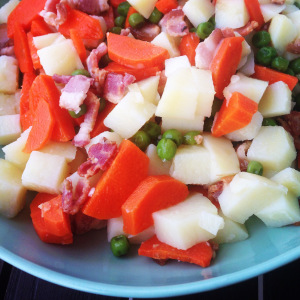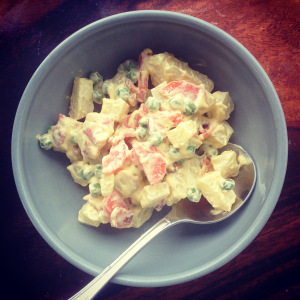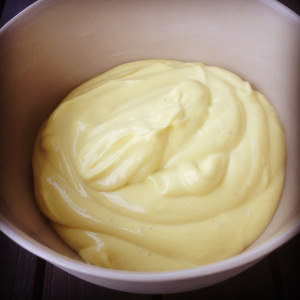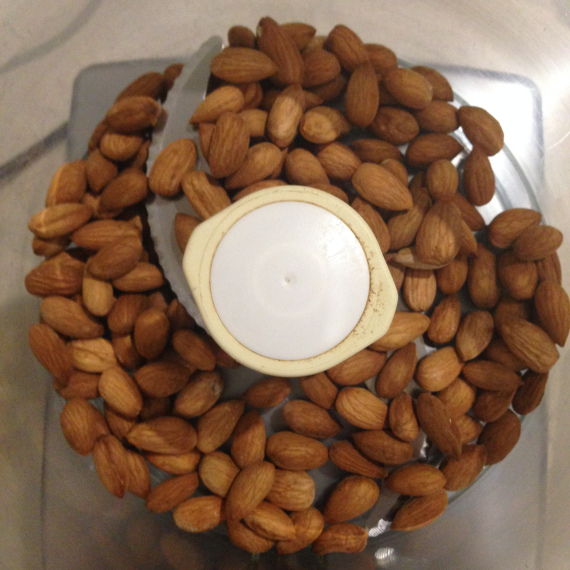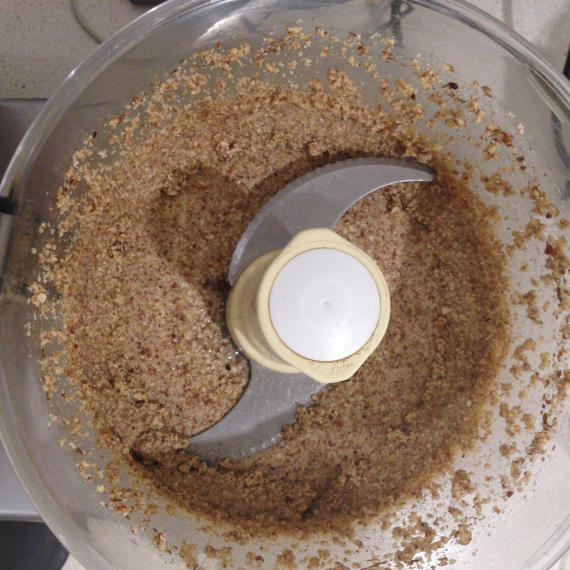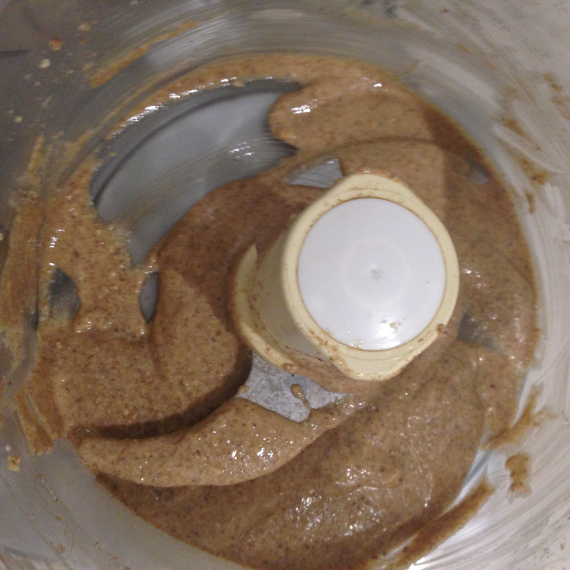Potato salad with home-made mayonnaise
Guest User
Cooked and cooled potatoes are an excellent source of resistant starch, a prebiotic that helps feed the probiotics (good bacteria) in our gut. Potato salad is one easy and yummy way to incorporate cooked and cooled potatoes into your diet. It readily lends itself for school or work lunches, eaten straight from the fridge as leftovers or prepared ahead of time for every day dinners, dinner parties or picnic lunches.
Ingredients:
1 potato, cut into 1cm cubes (approx 150g)
½ carrot, cut lengthways then into rounds
¼ cup peas (you can buy frozen organic peas in most organic shops)
1-2 rashes of pastured bacon or rounds of diced pastured ham (optional)
tallow (or natural fat of choice) for frying bacon
1-2 tablespoons home made mayonnaise (see recipe below)
unrefined salt
cracked pepper
Directions:
Steam potato, carrots and peas until soft. Add to a bowl.
Meanwhile, dice bacon and stir fry in a small saucepan in tallow (or fat of choice) until cooked. Add to the bowl. If using ham instead of bacon add it to the bowl.
Mix ingredients in bowl to combine.
Refrigerate for 24 hours to allow resistant starch properties of the cooked and cooled potatoes to form. When ready to consume, stir through mayonnaise and season with any additional salt and pepper.
Serves 1-2 depending if consuming as a side or a main.
Note: I tend not to peel the skin on potatoes unless they are particularly grubby / full of soil. This typically depends on the variety of the potato. Sometimes a little scrub with a brush and water is enough to remove excess dirt.
Mayonnaise
Ingredients:
3 egg yolks
1 tsp Dijon style mustard
1.5 tbsps lemon juice
1 tbsp whey (optional)
1/8 tsp unrefined salt
cracked pepper
¾ cup olive oil
Directions:
Blend together all ingredients, other than the olive oil, with a hand held blender. With the blender still running, very slowly pour in the olive oil a little at a time. The result should be a thick creamy paste.
Makes 1 cup. Keep refrigerated.
Note: Without the whey, mayonnaise will keep for about 2 weeks. The addition of whey will help your mayonnaise last longer, adds enzymes and increases nutrient content. With the whey, mayonnaise keeps for several weeks in the fridge and will become firmer with time.

